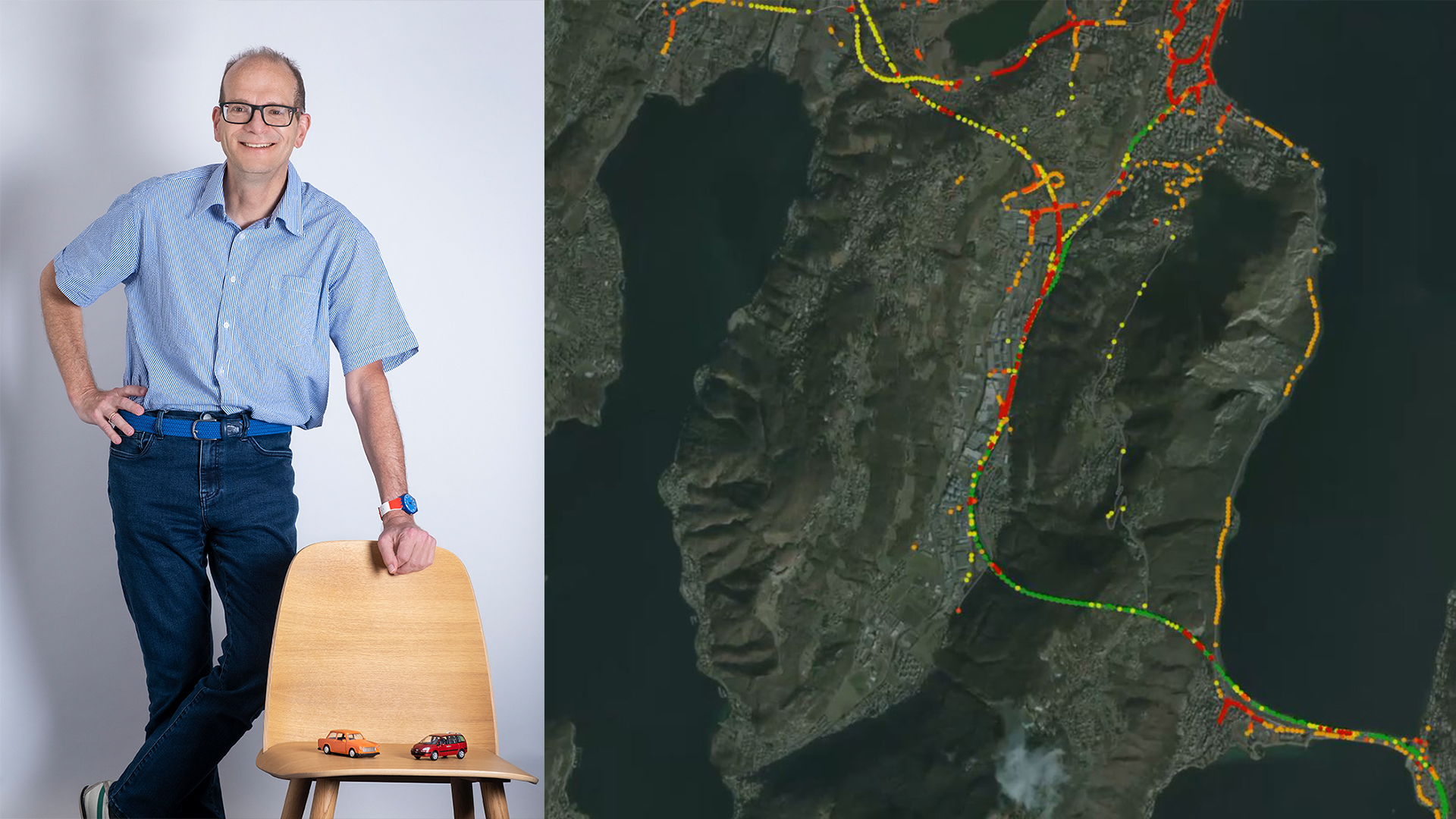The European Mobility Week takes place in September. In 2024, it will be dedicated to the topic of ‘Shared public space’. What contribution can civil engineering and urban and landscape planning make in the field of mobility to make our cities - including in Switzerland - fit for the future? We discussed this topic with Micaël TILLE, one of our mobility experts.

Why is the topic of ‘shared public space’ so relevant for European cities in 2024?
Dr Micaël Tille: Currently, more than 70% of people in Europe live in urban areas. Use of the available space must therefore be optimised, especially for pedestrians and cyclists. Improving the quality of public spaces by making them safer, more pleasant and aesthetically pleasing is part of this optimisation. This is a joint challenge for urban planning and civil engineering.
How does European Mobility Week promote a sustainable change in our travelling habits?
MT: The European Mobility Week can certainly provide a certain kind of impetus. In my opinion, continuous efforts are needed above all to accelerate the change towards sustainable mobility. This means, for example, communicating regularly about urban planning and informing the public about ongoing projects. In addition, concrete measures, such as financial support for the purchase of e-bikes, are also valuable to encourage the process.
What will mobility in Europe look like by 2050 and how will today's work contribute to these changes?
MT: This is impossible to predict at the moment, the technological developments are far too dynamic and complex! Self-driving cars will probably play a bigger role, but that's not necessarily a good thing. They have some advantages that public transport also has, but they don't represent any major progress in terms of sustainability. I expect much more from the combination of the development of management systems, publicly accessible real-time data and the various modes of transport. Each and every one of us will be able to plan journeys in real time and choose modes of transport based on the current situation. Traffic management and road users will thus have a mutual relationship: Management will provide and receive data, users will adapt and provide the information.
At CSD, we are preparing the ground for sustainable mobility by integrating solutions such as the collection of real-time data, the modelling of traffic flows and the redesign of public spaces and infrastructure. Collaboration between urban planning, landscape architecture and civil engineering is crucial to achieving these goals.